When to plant broad beans – experts reveal the perfect planting window for a successful crop
The best time to sow and grow broad bean seeds

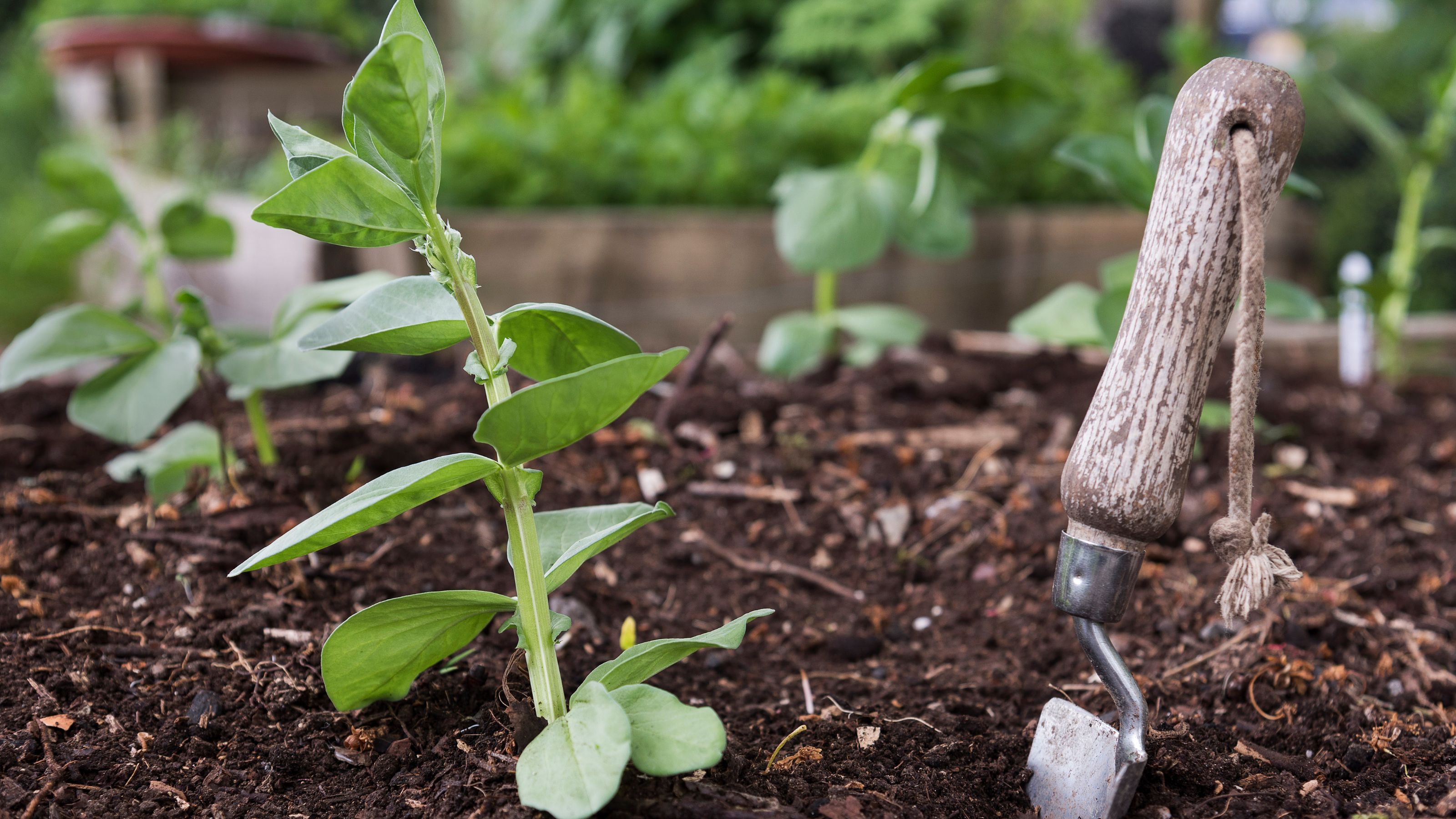
Timing is everything when it comes to ensuring a successful harvest. And as a seriously versatile addition to any garden, learning when to plant broad beans could be the make or break for a bumper crop.
Not only do they boast a buttery texture and nutty flavour, but when you know how to grow broad beans correctly and at the right time, they're a cinch to tend to once they gain momentum.
Plant too early, and you risk frost damage; plant too late, and you may miss the prime growing window. But fear not – with a bit of know-how, you can enjoy a steady supply of these versatile legumes in even a small vegetable garden.
These hardy plants can slot seamlessly into your planting schedule or crop rotation. But when exactly should you sow them? Well, it depends on whether you're after an early spring harvest or a steady summer crop – and your choice of variety plays a big role too.
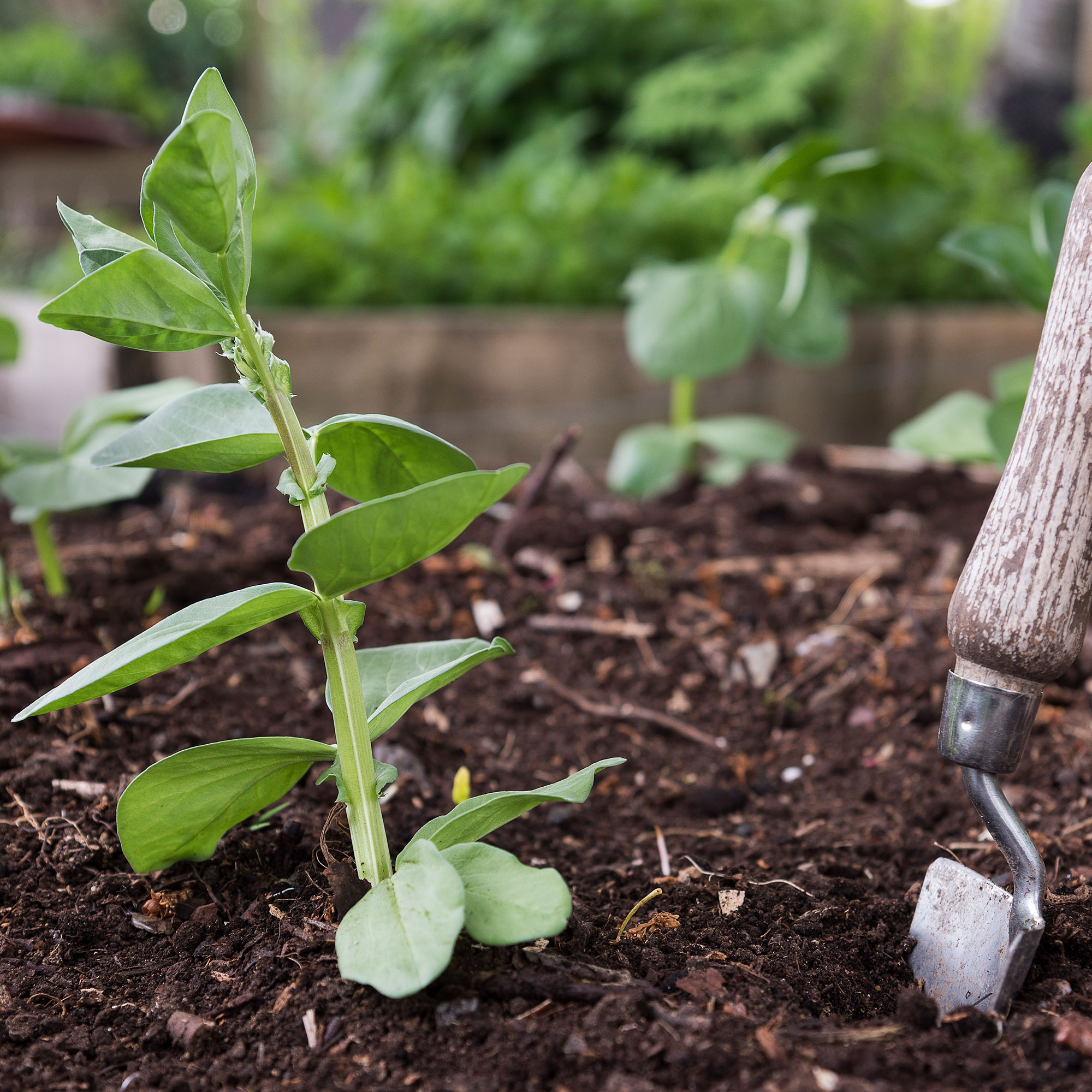
One of the best things about broad beans is their adaptability. Unlike many vegetables, they thrive in cooler conditions, making them ideal for our often unpredictable UK weather.
This is echoed by the gardening expert Graham Smith MCIHort at LBS Horticulture, who says, 'Broad beans can be sown at various times throughout spring and autumn in the UK, depending on the conditions and the variety of beans that you are growing.'
'The beans can be sown indoors or outdoors with protection in late winter, or outdoors without protection in spring. They can be sown in pots under cover from February onwards, and then planted out in spring.'
Sign up to our newsletter for style inspiration, real homes, project and garden advice and shopping know-how
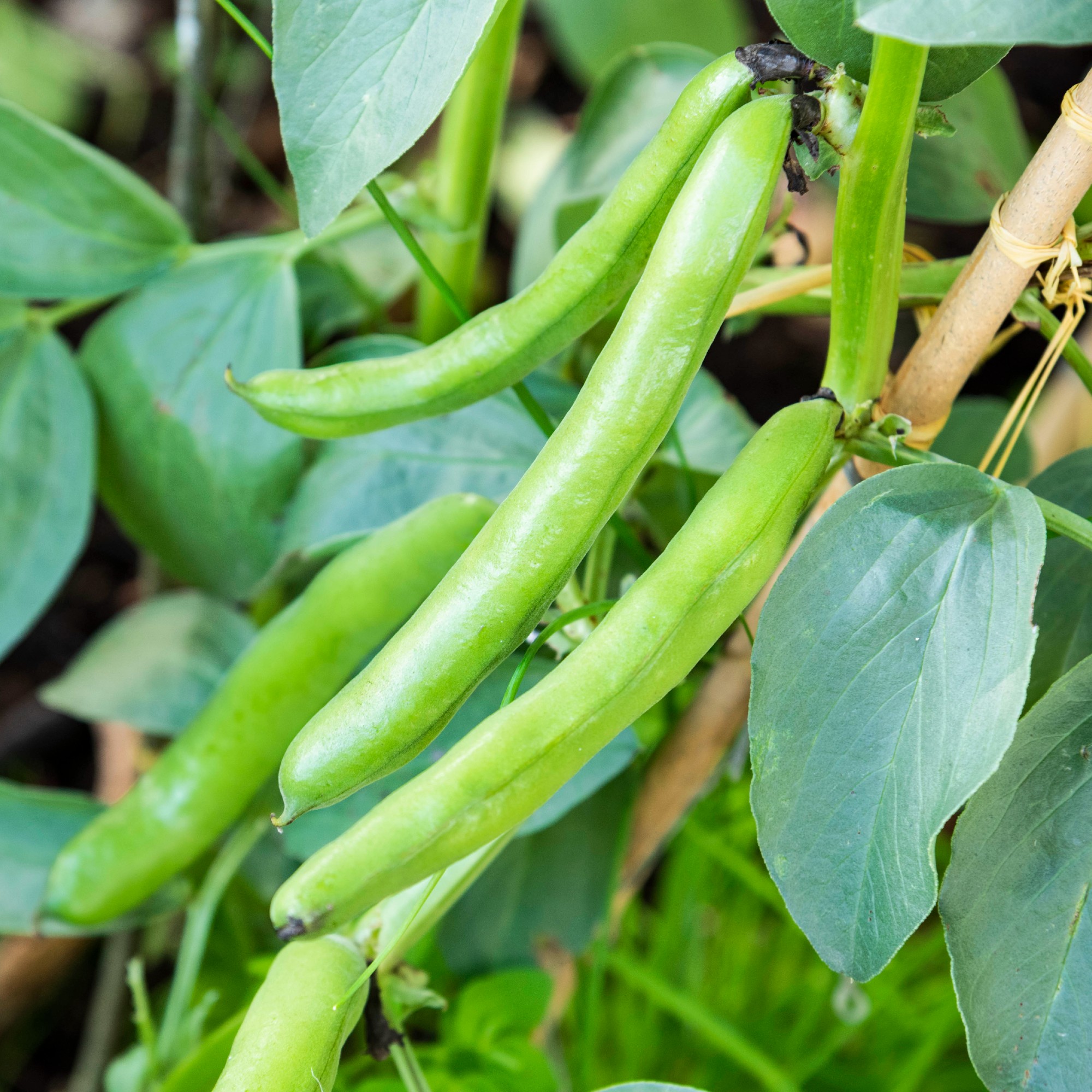
When to plant broad beans
Ideally, the best time to sow broad bean seeds depends on climate but it's usually advised to wait until the milder spring months, from January onwards. And it depends more on whether you're looking for an early or late crop. This makes them one of the best vegetables to grow in January.
In milder regions, autumn planting, from late October to early November, is ideal, allowing the beans to establish before winter and leap into action come spring. However, for those in frost-prone areas like most of the UK, sowing them from January to mid-March, is a safer bet.
Morris Hankinson, Director of Hopes Grove Nurseries, says, ‘Sowing broad beans is usually best in spring but they can also be sown in autumn where the temperature is mild outside or to be kept undercover for winter.'
'The beans can be sown indoors or outdoors with protection in late winter, or outdoors without protection in spring,' adds Graham Smith MCIHort, a gardening expert from LBS Horticulture. 'They can be sown in pots under cover from February onwards, and then planted out in spring.'
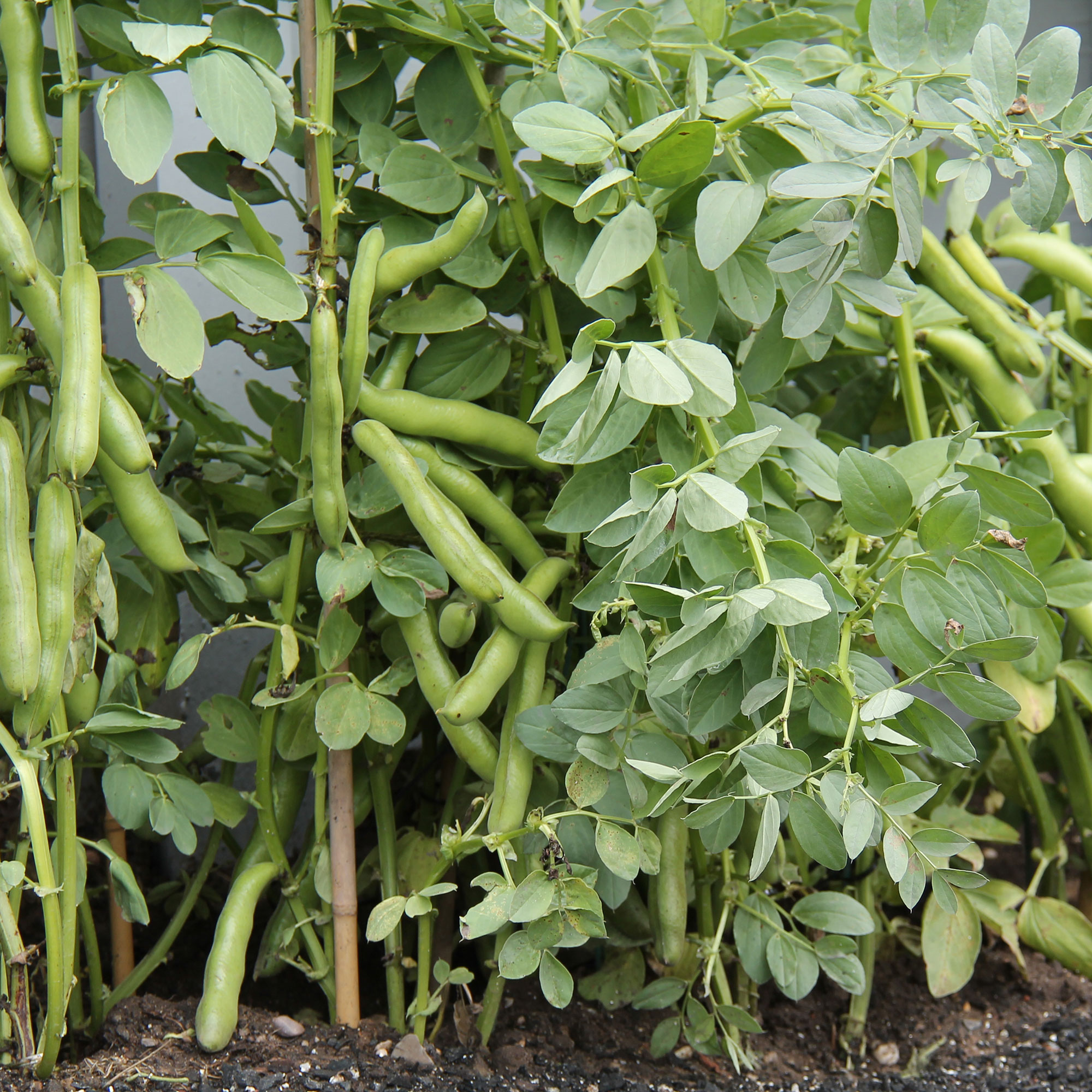
When not to plant broad beans
While it’s important to understand the perfect planting window for broad beans, you should also know when not to plant broad beans.
According to seasoned gardeners, you should steer clear of sowing broad beans during the height of summer. The warm soil can encourage pests like black fly to wreak havoc on tender plants, while the heat stress often leads to poor pod development.
Similarly, avoid planting them in waterlogged soil or during prolonged periods of heavy rain, as their roots don't like being saturated.
What you'll need
- Plant labels like these bamboo plant markers from Amazon
- Broad bean seeds like these Aquadulce Claudia' from Thompson & Morgan or the award-winning 'The Sutton' variety
- Gardening gloves like these Verve Leather Gardening Gloves from B&Q
- Seed sowing mix like Westland John Innes seed sowing compost at Amazon
FAQs
How long does it take for broad beans to grow?
Typically, broad beans take around 14 to 16 weeks from sowing to harvest, making them a great option for beginner gardeners, eager to see results within a single season. We asked the experts for the specifics.
'Broad bean plants usually rake around 15 weeks from sowing to harvest (around 30 weeks for autumn sowings),' explains Angharad James, product manager for Maxicrop.
'After sowing broad beans, you should see seedlings within a few weeks depending on the soil conditions and weather,' explains Graham Smith MCIHort, a gardening expert from LBS Horticulture.
'If planted in springtime, the beans will be fully grown around ten weeks after planting. You can harvest the beans when they are young, immature pods (around 6/7cm long) if you want to eat them whole in the pods, or if eating the beans shelled it is still best to harvest the pods when they are young so that the beans are not tough or bitter.'
'You can tell when the bean pods are ready for harvesting as the scar on the bean should be white or green.'
'They will become top-heavy very quickly once the pods start to develop, so it’s worth adding a support structure such as canes or stakes and string while the plants are still young,' adds Angharad James, product manager for Maxicrop
What to do before planting beans?
One of the keys to a successful broad bean crop is good preparation before planting, including testing your soil's pH and correcting any nutrient deficiencies in the soil. We asked the experts for their top advice.
'Good soil health is the foundation to grow thriving broad beans. For beginners, investing time in preparing the soil can make all the difference to ensure healthy, productive vegetables,' explains Angharad James, product manager for Maxicrop.
'Choose a space in the garden where they will get plenty of sunshine and fork in some well-rotted organic matter to improve the soil and provide plenty of nutrients,' suggests Morris Hankinson, founder of Hopes Grove Nurseries. (Or some good quality seed sowing compost like the top-rated Westland's John Innes seed sowing mix.)
'Keep the area well weeded. Broad bean plants are loved by slugs and snails when they are young and birds when they grow taller, so adding some protection to the planting area ready for the plants is a good idea. Canes with netting to protect them and an organic friendly slug-proof barrier will help. Have some cloches or horticultural fleece ready to cover them if the weather gets cold.'
'If needed, you can also add a high potassium fertiliser to the soil,' adds Graham Smith MCIHort, a gardening expert from LBS Horticulture. Elixer Gardens high potassium fertiliser gets great reviews on Amazon.
'If you have very wet or clay-based soil, it may be best to start the beans off in pots first to prevent the seeds from rotting in the ground before they have the chance to grow.'
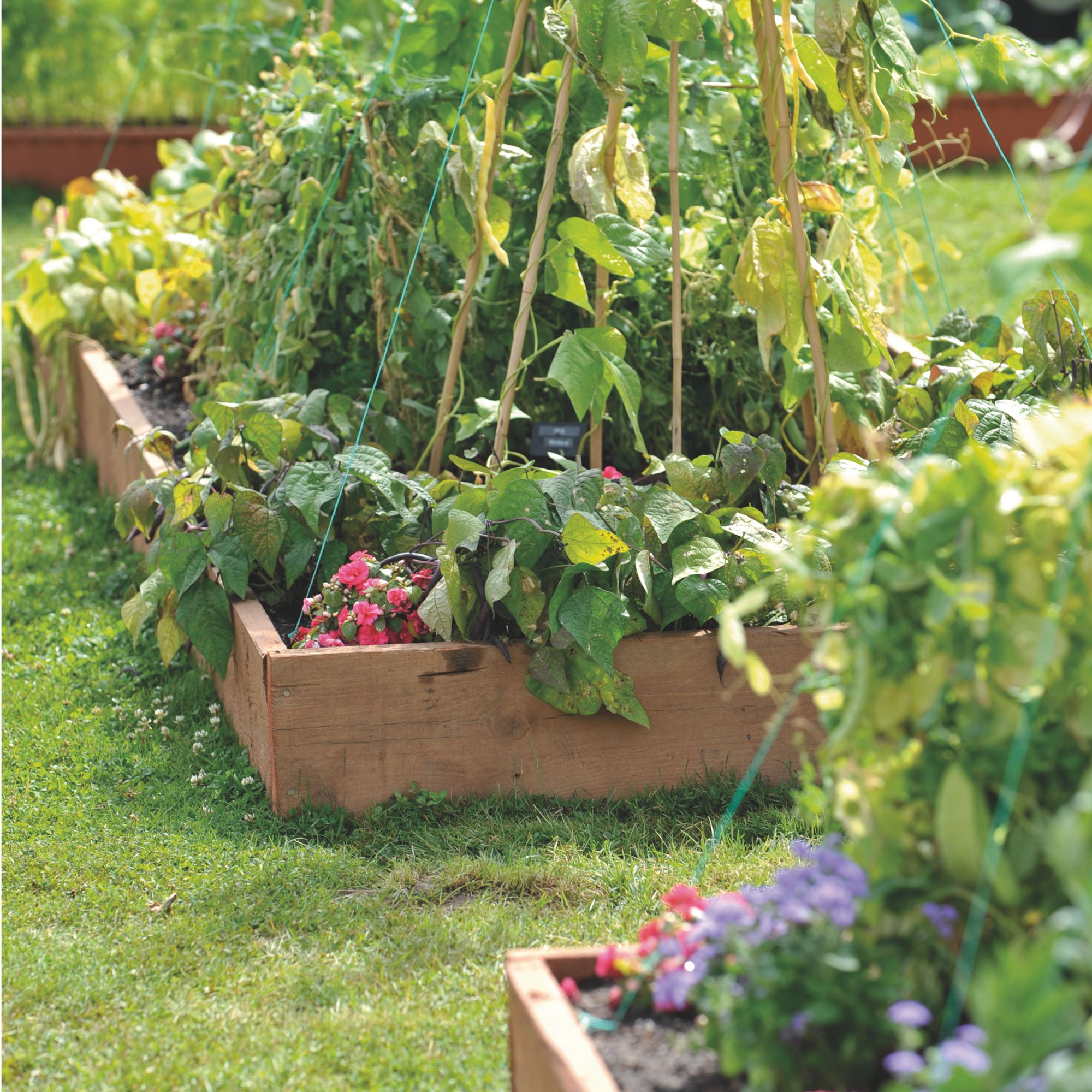
We asked the experts exactly how to prepare the broad bean plants for success.
'Prepare broad beans for planting by soaking the seeds in water overnight, and then sow them in a zig-zag or staggered pattern around six to nine inches apart,' suggests Angharad James, product manager for Maxicrop. 'If you’re planting them from March onwards, you can sow directly into the garden to enable faster germination. Broad beans should be planted in a sunny, sheltered location.'
'They can also be sown directly in November and February in milder areas of the country. Otherwise, sowing undercover such as in a greenhouse will keep them protected until they are ready to be planted out,' explains Morris Hankinson, founder of Hopes Grove Nurseries.
'After sowing, cover the beans with netting to protect the seeds and prevent them from being eaten by birds or squirrels. Once flowers appear, water the beans regularly and hoe between the planted rows to keep weeds at bay,' suggests Graham Smith MCIHort, a gardening expert from LBS Horticulture.
'Harden the young plants off in spring by placing them outside in the day for a few hours each day, gradually increasing the time outside until they are ready to be planted, which is usually by 10 days of hardening off,' adds Morris.
So, now you know when to plant broad beans, you can get sowing and growing.

Jenny is Senior Digital Editor and joined the team in 2021, working across Ideal Home, Real Homes, Homes & Gardens, Livingetc and Gardeningetc. Since getting on the property ladder, her passion for interior design and gardening has taken on a new lease of life. She loves collecting and salvaging unique items (much to her other half's despair) but sniffing out stylish home bargains is her one true love.